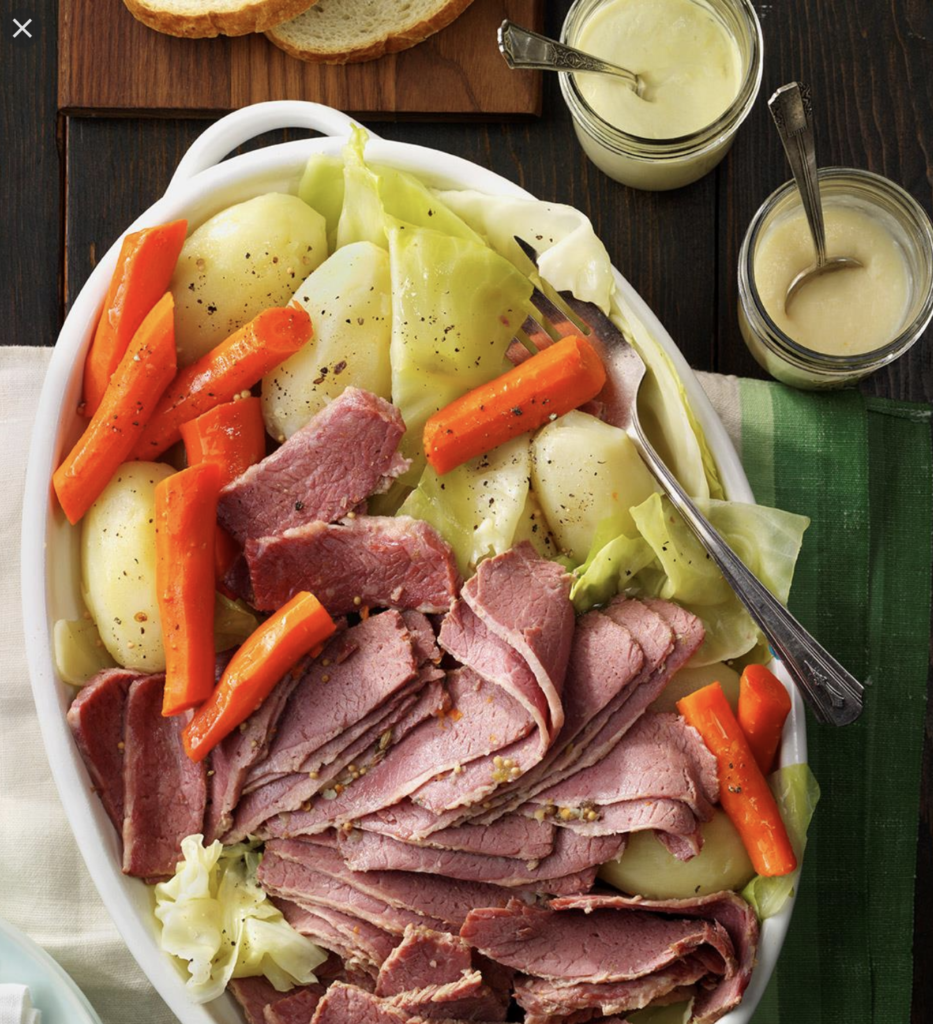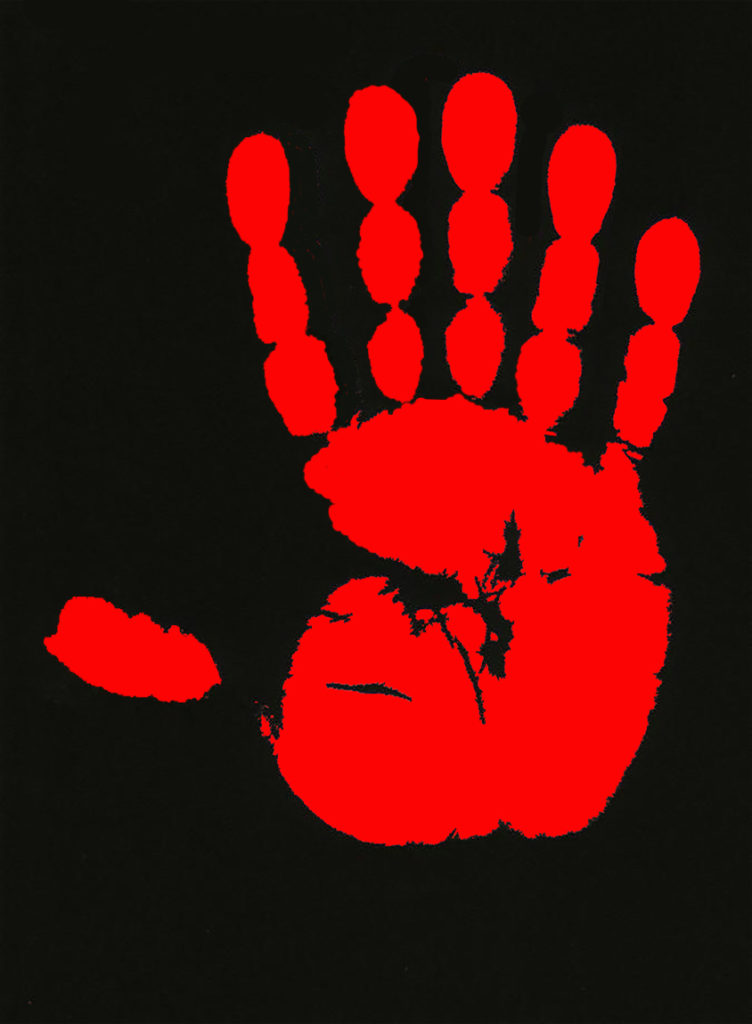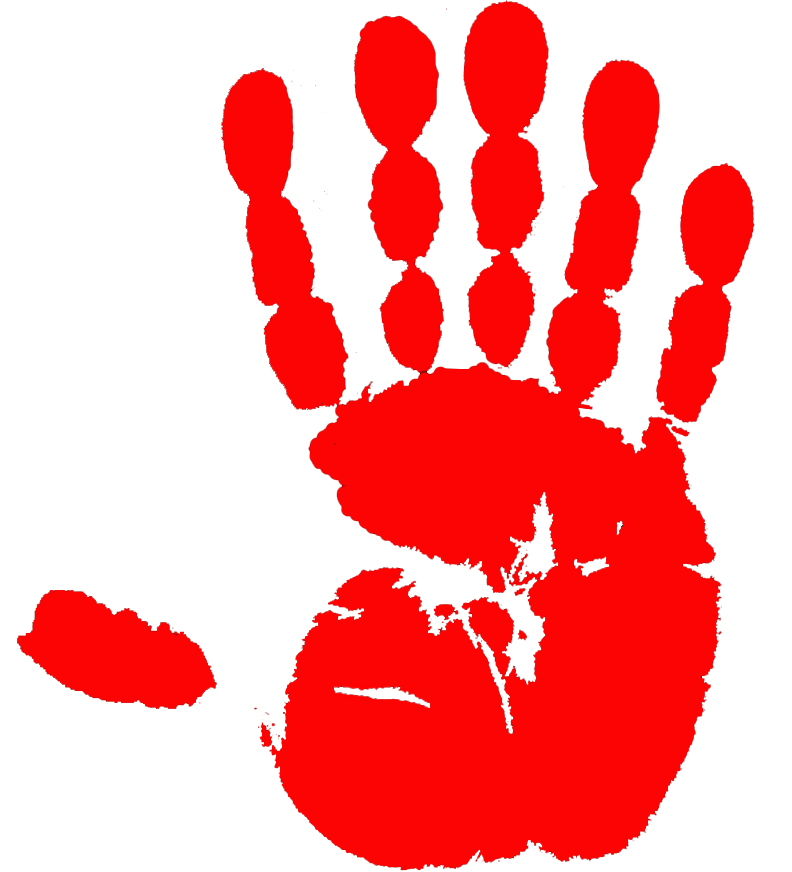
The wearing of the green is nearly upon us, and so the season of green beer, bagels and milkshakes has begun. Mickey D’s… I’m lookin at you… “ St. Patrick’s Day as we know it is a New World phenomenon, scholars say: “There’s nothing really Irish about it now; it’s nostalgic and schmaltzy.”
The unpopularity – Yes, I said Unpopularity– of corned beef in Ireland comes from its relationship with beef in general. Bear with me, I’ll explain, and trust me, this all will make sense by the time I finish. From early on, cattle in Ireland were not used for their meat but for their strength in the fields, for their milk and for the dairy products produced. In Gaelic Ireland, cows were a symbol of wealth and the cow was almost a sacred animal. Because of their sacred association, they were only killed for their meat if the cows were too old to work or produce milk. So, beef was not even a part of the diet for the majority of the population. Only the wealthy few were able to eat the meat on a celebration or festival day. During these early times, the beef was “salted” to be preserved. The first salted beef in Ireland was actually not made with salt but with sea ash, the product of burning seaweed.
So jumping forward to America in 2018
… there’s nothing particularly Irish about shamrock-shaped cookies or green-frosted cupcakes, you might be surprised to learn that the traditional St. Paddy’s Day meal—corned beef and cabbage—is no more authentic than any of those items I listed earlier… The milkshakes, the green beer, cookies and bagels… Like many aspects of St. Patrick’s Day, the dish came about when Irish-Americans transformed and reinterpreted a tradition imported from the Emerald Isle.
The first St. Patrick’s Day parade took place not in Dublin but in New York City, in 1762. Over the next 100 years, Irish immigration to the United States exploded. The new wave of immigrants brought their own food traditions, including soda bread and Irish stew. Pork was the preferred meat, Not beef- since it was cheap in Ireland and ubiquitous on the dinner table. The favored cut back home was Irish bacon, a lean, smoked pork loin similar to Canadian bacon. But in the United States, pork was prohibitively expensive for most newly arrived Irish families, so they settled on something less expensive (beef Brisket)- and cooking beef —the staple meat in the American diet—instead, on St. Paddy’s Day.
And, given that New York City was a melting pot for immigrants from around the world, rather than boil the beef, the Irish adopted cooking methods from other cultures. Brining was a technique of the Eastern Europeans, which is a way of salt-curing meat.
So how did pork and potatoes become corned beef and cabbage? New Irish immigrants to America lived alongside other “undesirable” European ethnic groups that often faced discrimination in their new home, including Jews and Italians. Members of the Irish working class in New York City frequented Jewish delis and lunch carts, and it was there that they first tasted corned beef. Cured and cooked much like Irish bacon, it was seen as a tasty and cheaper alternative to pork. And while potatoes were certainly available in the United States, cabbage offered a far more cost-effective alternative to the cash-strapped Irish families. Cooked in the same pot, the spiced, salty beef flavored the plain cabbage, creating a simple, hearty dish that couldn’t be easier to prepare.
And the corn? Well, “corned” has nothing to do with actual corn but instead refers to the huge, corn-sized salt crystals used during the brining process. But, this corned beef was much different than what we call corned beef today. With the meat being cured with salt the size of corn kernels, the taste was much more salt than beef.
Yet, the corned beef the Irish immigrants ate was much different than that produced in Ireland . The Irish immigrants almost solely bought their meat from kosher butchers. And what we think of today as Irish corned beef is actually Jewish corned beef thrown into a pot with cabbage and potatoes. The Jewish population in New York City at the time were also relatively new immigrants – from Eastern and Central Europe. The corned beef they made was from brisket, a kosher cut of meat from the front of the cow. Since brisket is a tougher cut, the salting and cooking processes transformed the meat into the extremely tender, flavorful corned beef we know of today.
The dish of corned beef was paired with cabbage, because it was one of the cheapest vegetables available to the Irish immigrants.
After taking off among New York City’s Irish community, corned beef and cabbage found fans all across the country. It was the perfect dish for everyone from harried housewives to busy cooks on trains and in cafeterias—cheap, easy to cook and difficult to overcook. It was even served alongside mock turtle soup at President Lincoln’s inauguration dinner in 1862.
Interestingly, the popularity of corned beef and cabbage never crossed the Atlantic to the homeland. Instead of corned beef and cabbage, the traditional St. Patrick’s Day meal eaten in Ireland is lamb or bacon. In fact, many of what we consider St. Patrick’s Day celebration traditions didn’t make it there until recently. St. Patrick’s Day parades and festivals began in the U.S. in the mid eighteenth Century yet, until 1970, pubs were closed by law in Ireland on St. Patrick’s Day. It was originally a day about religion and family. NOT gallons and gallons of green beer, nor dying a certain river in Detroit green…ahem…
Think that’s all there is to this story?
Well, wait, there’s more
The color green. Green didn’t always represent St. Patrick’s Day. In fact, blue was traditionally the color associated with the famed patron saint. Given that Ireland has the reputation as the Emerald Isle, green was adopted as the national color and appears on the Irish flag. The wearing of green on St. Patrick’s Day became popular sometime in the 19th century and was a statement of solidarity with the Irish-American community, this, according to National Geographic.
Leprechauns. Leprechauns are wise beyond their years, bearded and notorious hoarders of gold, but what’s their significance to St. Patrick’s Day? The word leprechaun comes from an Irish word, meaning shoemaker, according to LiveScience. However, in folklore, leprechauns are anything but dignified or hard working. Leprechauns traditionally played the role of tricksters in Irish storytelling. They could be ruthless, nasty and unpredictable, like the coyote in American Indian literature.
And, big surprise! -their connection with St. Patrick’s Day is purely American. People often dress up to look like leprechauns, but many Irish believe that that image only perpetuates ethnic stereotypes and really don’t appreciate the character being associated with the holiday.
Parades. St. Patrick’s’ Day parades are part of almost every major holiday celebration in Ireland and worldwide. The first St. Patrick’s Day parade was held in 1762 in New York City and was meant to honor St. Patrick. To this day, the parade has remained a true marchers’ parade. Floats and vehicles are not allowed in the parade, staying true to the holiday’s 18th century roots.
So… Like a lot of traditions celebrated in the U.S. (and all over the world)…
Far from being as Irish as a shamrock field, this St. Patrick’s Day classic …is as American as apple pie!

